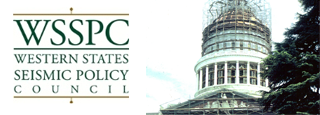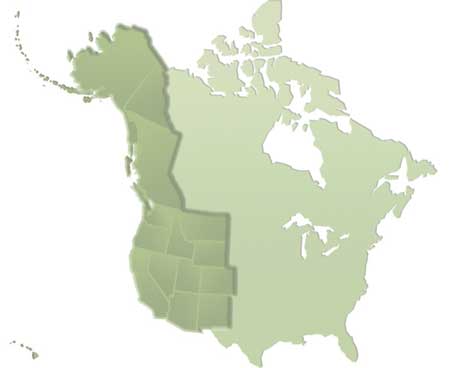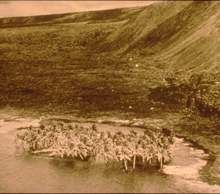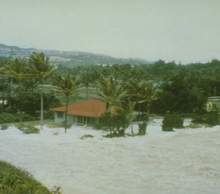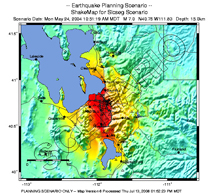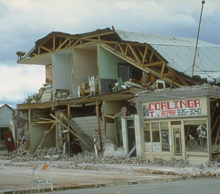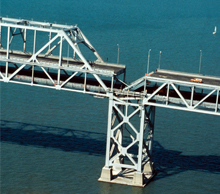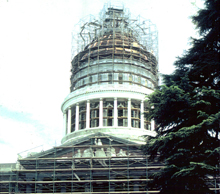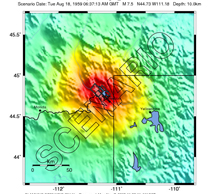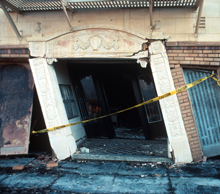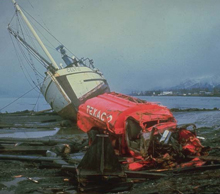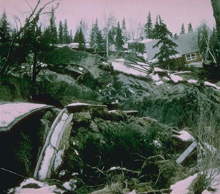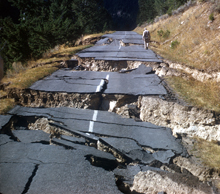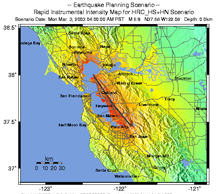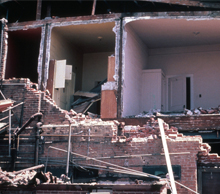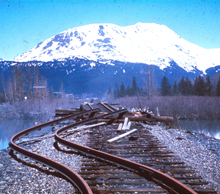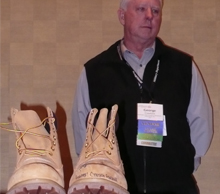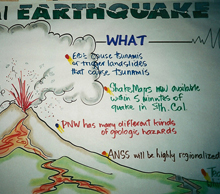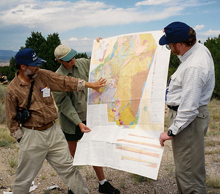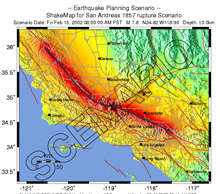Description
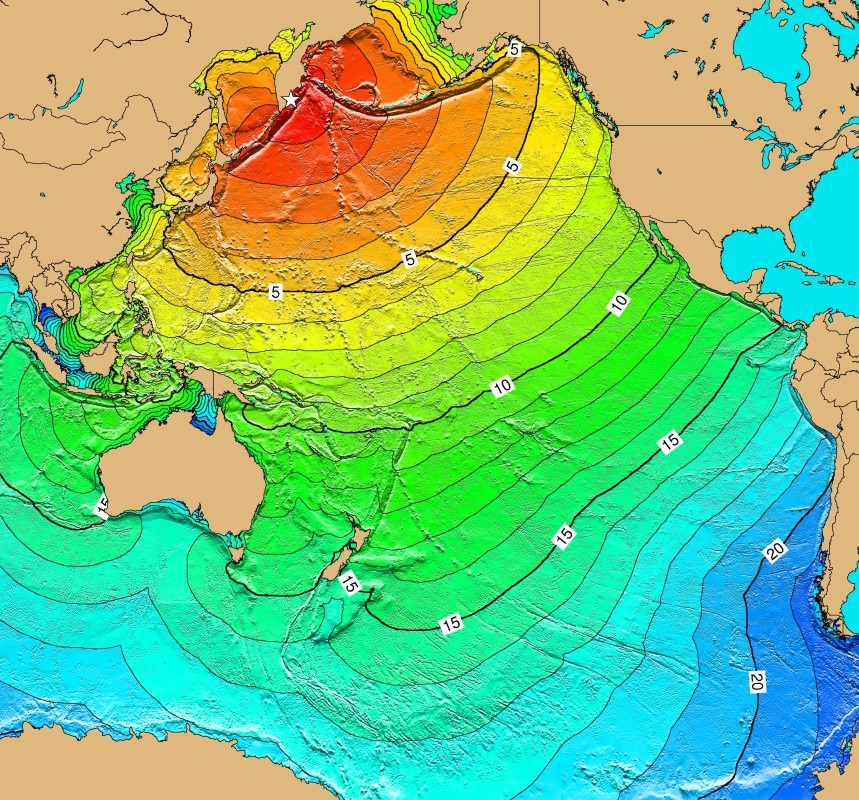 The Kamchatka Tsunami was generated by a magnitude 9.0 earthquake on November 4, 1952, in East Russia. The local tsunami, which generated waves as high as 50 feet, caused extensive damage to the Kamchatka Peninsula and the Kuril Islands, and left an estimated 10,000 to 15,000 people dead. Waves traveled as far as Peru, Chili and New Zealand, but the largest damage to other areas of the Pacific Ocean occurred in the Hawaiian Islands. In Alaska, the Aleutian Islands and California, tsunami waves of up to 4.6 feet were observed.
The Kamchatka Tsunami was generated by a magnitude 9.0 earthquake on November 4, 1952, in East Russia. The local tsunami, which generated waves as high as 50 feet, caused extensive damage to the Kamchatka Peninsula and the Kuril Islands, and left an estimated 10,000 to 15,000 people dead. Waves traveled as far as Peru, Chili and New Zealand, but the largest damage to other areas of the Pacific Ocean occurred in the Hawaiian Islands. In Alaska, the Aleutian Islands and California, tsunami waves of up to 4.6 feet were observed.
Above: The map shows the length of time it took for the tsunami to travel the Pacific Ocean. (Image: NOAA)
Impact
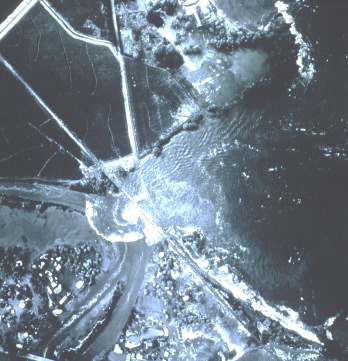 The Hawaiian Islands suffered the greatest tsunami damage outside of the local area. Damage was estimated at $17 million (2011 USD), and included a great deal of damage to shorelines and infrastructure, including destruction of a small bridge connecting to Coconut Island to the shore. The highest waves were observed on the north shore of Oahu Island; they were nearly 15 feet in height.
The Hawaiian Islands suffered the greatest tsunami damage outside of the local area. Damage was estimated at $17 million (2011 USD), and included a great deal of damage to shorelines and infrastructure, including destruction of a small bridge connecting to Coconut Island to the shore. The highest waves were observed on the north shore of Oahu Island; they were nearly 15 feet in height.
Left: Aerial view of Kaika Bay near Haleiwa on the north shore of Oahu shows the fourth wave climbing up beach toward the beach houses and shows the extent of inundation from previous waves. (Image: National Geophysical Data Center, George Curtis)
Six cows were killed in Hawaii, but there were no human deaths attributed to the tsunami. Other WSSPC Member States suffered the following damage, per NOAA’s event page:
|
Location |
Damage Summary |
| Adak, Alaska | Banks of harbor overflowed, no damage. |
| Attu, Alaska | Minor damage due to flooding. |
| Brandon, Oregon | Logs broke loose from log boom. |
| Crescent City, California | Four boats overturned and sunk. |
| Santa Cruz, California | Fishing launch damaged. |
Lessons Learned
In the settlement of Severo-Kurilsk in Russia, three waves between 50 and 60 feet hit the shore. Most inhabitants fled to higher ground before the first wave, but many returned to town before the second wave hit. Thirty nine percent (39%) of the townspeople died as a result of the tsunami. The settlement was eventually rebuilt in a different location.
Tsunami waves can have extremently long wavelengths, and can arrive on shore hours apart. Emergency preparedness professionals now advise evacuees to stay away until they receive official word that it is safe to return.
References and Additional Resources
Australian Government, Bureau of Meteorology:
http://www.bom.gov.au/tsunami/history/1952.shtml
USGS: Historic Earthquakes
http://earthquake.usgs.gov/earthquakes/world/events/1952_11_04.php
YouTube Video of tsunami water entering a town:
http://www.youtube.com/watch?v=Q2tcW-5esXM
